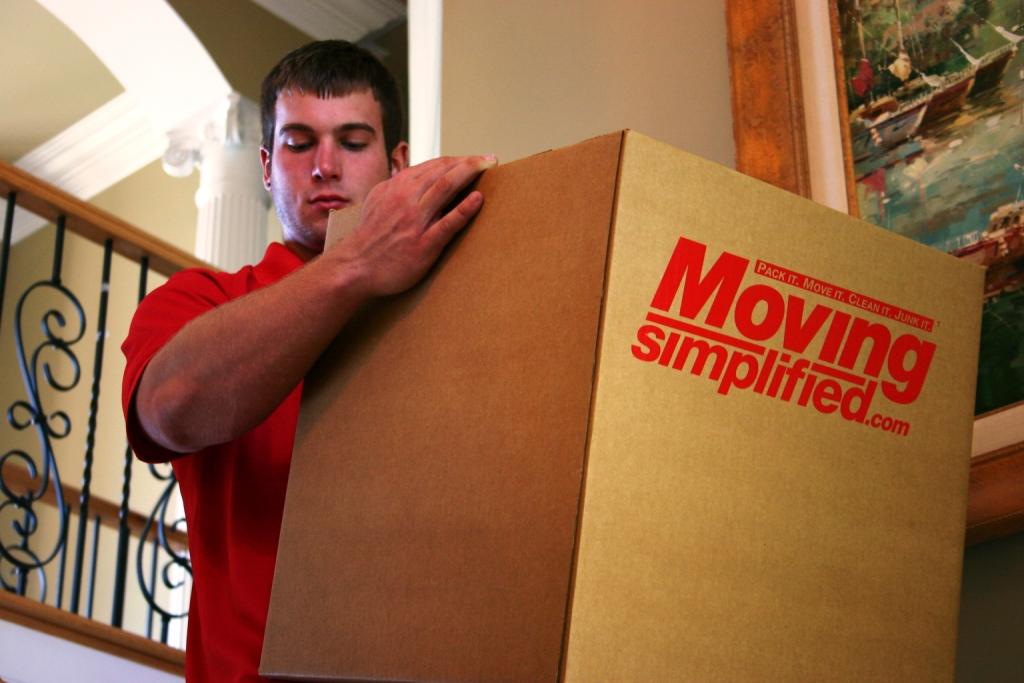Moving to a new home can be an exciting yet overwhelming experience. One of the biggest challenges is ensuring that fragile items, such as dishes, are safely packed and transported without breaking. Whether you’re relocating across town or across the country, the proper packing techniques are essential for protecting your dishes and ensuring they arrive in one piece. This essay will outline several tips and strategies for packing dishes effectively to prevent breakage during a move. This Guelph Ontario moving company is a great choice if you need a mover.
1. Gather the Right Packing Materials
The first step in packing dishes securely is to gather the necessary materials. This includes:
- Sturdy boxes: Choose strong, medium-sized boxes that can bear the weight of your dishes without collapsing. Avoid overstuffing boxes, as this can cause pressure on the contents and increase the risk of breakage.
- Bubble wrap: This provides a cushioned layer around your dishes, absorbing any shock or impact during transit.
- Packing paper: Packing paper is ideal for wrapping each individual dish. Avoid using newspaper directly on the dishes, as ink can smudge and stain them.
- Dish pack dividers: Special dividers designed for dishes can help keep them separated, preventing them from knocking into one another during the move.
- Packing tape: Securely tape boxes and prevent them from opening or shifting during transport.
- Labels: Label boxes containing dishes as “fragile” to ensure movers or anyone handling the boxes treats them with extra care.
2. Wrap Each Dish Individually
To minimize the chances of breakage, each dish should be wrapped individually. Start with wrapping each plate, bowl, and other items in packing paper. For plates, layer several sheets of paper and wrap them tightly, making sure to cover all edges. For cups and glasses, crumple paper inside the items for added cushioning before wrapping them. When wrapping larger dishes or serving platters, bubble wrap can be used for extra protection.
Additionally, when stacking plates, avoid stacking them directly on top of one another. Instead, place a layer of packing paper or bubble wrap between each dish to create a cushion.
3. Utilize Dish Pack Boxes and Dividers
Dish pack boxes, available at most moving supply stores, are specially designed to protect fragile items. These boxes come with built-in dividers that separate each dish, reducing the risk of collision during the move. If dish pack boxes are unavailable, regular medium-sized boxes can be reinforced with dividers made from cardboard or foam.
When using dish pack boxes, it’s important to fill any empty spaces with packing paper or bubble wrap. This ensures that the dishes do not shift around inside the box. A tightly packed box will prevent the dishes from moving too much, reducing the chances of breakage.
4. Arrange Dishes Strategically in the Box
When placing dishes in the box, be mindful of how you arrange them. Plates should be stacked vertically (like a file), not flat, as this position better absorbs the impact if the box is dropped. Bowls and cups should be placed upright, with paper or bubble wrap inside them for added protection. Place the heaviest items at the bottom and lighter, more delicate items on top.
It’s also essential to avoid packing too many dishes in one box. Overloading can create pressure that may result in cracks or breaks. If in doubt, it’s better to use a few extra boxes rather than risk packing too much in one.
5. Cushion the Bottom and Top of the Box
Before placing any dishes in a box, add a layer of crumpled packing paper or bubble wrap to the bottom for cushioning. This will provide an extra layer of protection in case the box is dropped or jostled during the move. After placing your wrapped dishes inside, fill any remaining space with more packing materials to prevent the dishes from shifting.
Once the box is full, add another layer of cushioning at the top before sealing it with packing tape. This final layer of protection ensures that your dishes are safe from any impacts during the final stages of the move.
6. Label Boxes Clearly
Clearly label each box containing dishes with the word “fragile” and any other relevant information, such as “This Side Up.” This will inform anyone handling the box to be extra cautious. Additionally, label each box with a number or brief description of the contents, so you can easily identify the box and prioritize unpacking.
7. Transport with Care
During the move, handle boxes with dishes gently. If you’re using a moving service, ensure that the movers understand the importance of handling boxes labeled “fragile” with care. If you are moving items yourself, secure the boxes in your vehicle so they won’t shift around, and avoid stacking heavy items on top of fragile ones.
Packing dishes to prevent breakage when moving requires careful planning, the right materials, and proper technique. By wrapping each dish individually, utilizing dish pack boxes with dividers, and ensuring that all spaces are properly cushioned, you can significantly reduce the risk of damage. Proper labeling and gentle handling during transport will further ensure your dishes arrive safely at their new destination. With these steps, you can move your valuable kitchenware with confidence, knowing it will arrive intact.
